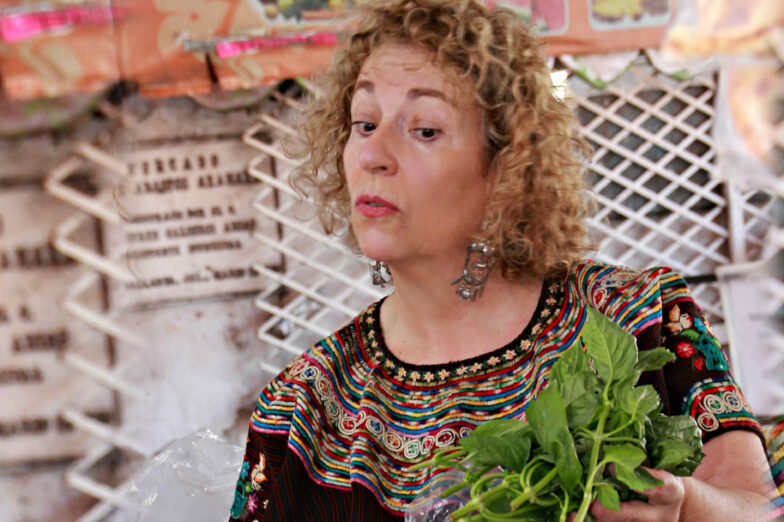The Standard American Diet (SAD) makes us sad! This too-frequently followed diet consists of refined, overly processed foods containing refined sugars in fruit juices and sugary drinks, and highly refined rice, pastas, and flours used in breads and bakery goods.
These processed products are loaded with chemicals and synthetic preservatives, hormones, antibiotics, and food colorings that are known to alter our mood. This type of diet is a prime contributing factor in common mood and mental health challenges.
The SAD leads to chronic inflammatory states and sets the stage for neurotransmitter imbalances.
The SAD diet makes us sad because it does not provide the nutrients our brain and body need to function well. That some of us survive (though rarely thrive) on a SAD diet is just the luck of the draw. For some people the resulting illness comes in childhood; for others, it doesn’t show up until middle age. But it invariably comes, just as a car without the right fuel eventually sputters to a stop.
As a general rule, we all benefit when the majority of our daily food intake includes whole foods that are nutrient-dense and freshly prepared. Some proportion of daily food should include both raw and cooked foods, and ideally some wild foods. Food that is obtained from cans or other packages should be minimized.
Slow cooking in water, boiling, salting, broiling, pickling, roasting, baking, drying, steaming, fermenting, and some smoking are the essential processing methods that ensure maximum nutrition. Frying should be limited to special occasions. By preparing fresh foods, one can control the preparation, including the amount of salt and commercial fats used, in order to maintain optimal nutritional value. Fresh foods are also free of harmful preservatives.
One of the most important principles in successful mood-savvy nutrition is that there is no one diet for everyone. For nutrition to be effective, diet must be tailored to the metabolism of each individual. Nutritional needs are determined biochemically at the individual level. This is genetically based and is culturally and environmentally linked to our ancestry.
Aligning our “fuel” with the rate at which we can burn it enhances efficiency and performance. Consistent use of fuel inappropriate for the individual body leads to decline.
There are many reasons why people do not receive the nourishment their minds/bodies need. Many experience chronic poverty or injury-related economic loss that precludes access to high-quality, nutritious food. Some simply do not know much about good nutrition.
Many people may be addicted to substances such as alcohol, cocaine, or methamphetamines and, as a result, do not eat well or enough, and do not properly metabolize what they do eat.
Pharmaceutical medications, alcohol, and many commercially produced drugs deplete important nutrients needed by the body. The list goes on, but there is a solution.
Chopped Liver
This is truly medicine for our liver and it is worth cultivating a taste for chopped liver, also known as Liver pâté. All of the ingredients—liver, eggs, onions, and duck (or chicken) fat—aid liver function. I then stuff the pâté into celery sticks, or romaine lettuce, top it with plenty of fresh parsley to enhance the flavor and to aid digestion of the fats, chill and makes a meal.
Ingredients
- 2 large eggs – boiled
- 2 tbsp unsalted butter
- 1⁄4–1⁄2 cup rendered duck or chicken fat
- 1 onion, finely chopped
- 2 lbs chicken livers
- 1⁄2 tsp Sea salt
- 1⁄4 tsp freshly ground pepper
- Celery sticks – 4-inch boats
- Romaine Lettuce (optional)
- Chopped parsley for garnish
- 1/8 tsp smoked paprika or cayenne pepper (optional)
Directions
- Place the eggs in cold water, bring to a boil, and cook for 10 minutes. Let the eggs cool and place in the fridge for 30 minutes or until cold. Peel and chop.
- In a large skillet, gently melt the butter in 1⁄4 cup of the duck/chicken fat at a low heat. Add the onion and stir for about 10–15 minutes until caramelized. Place the livers on a sheet pan and roast in a 300-degree oven for about 12–15 minutes. At about 8 minutes check one of the livers by pressing on it. If they are soft but a little firm, they are ready. You want them to be pink inside, not overcooked and solid.
- Place the liver and onions into the bowl of a food processor and let cool while you peel and chop the eggs. Pulse until the livers are finely chopped but not completely smooth. Test the flavor and texture to see if you want to add a little more fat and pulse again. Season to taste with sea salt and pepper.
- Place the liver mixture in a bowl in the fridge and cover, or stuff the celery and wait 1–2 hours while your chopped liver rests and gets very cold. This can also be made a day in advance. Sprinkle parsley leaves over the liver upon serving. For variations, sprinkle some smoked paprika or cayenne pepper for some picante.
Stay tuned for the last part of this blog. Or you can start learning more by reading my book The Good Mood Kitchen: Simple Recipes and Nutrition Tips for Emotional Balance.
- Touch Therapy for Trauma Recovery - April 19, 2024
- The Soul of Basil - March 12, 2024
- A Comprehensive Guide to Natural Hypothyroidism Treatment - November 17, 2023

Are You Ready to Advance Your Career?
If you want to advance your career in integrative medicine, explore my courses and certifications.












